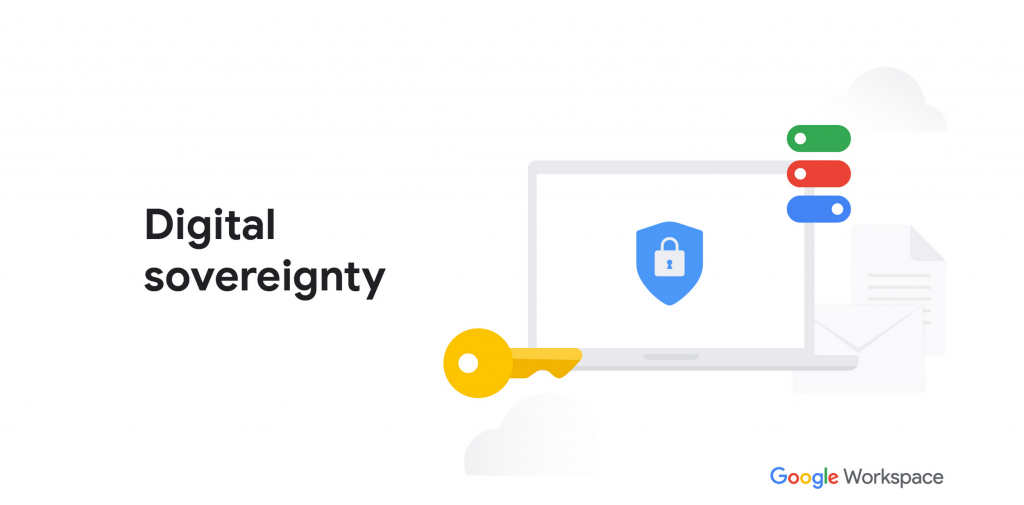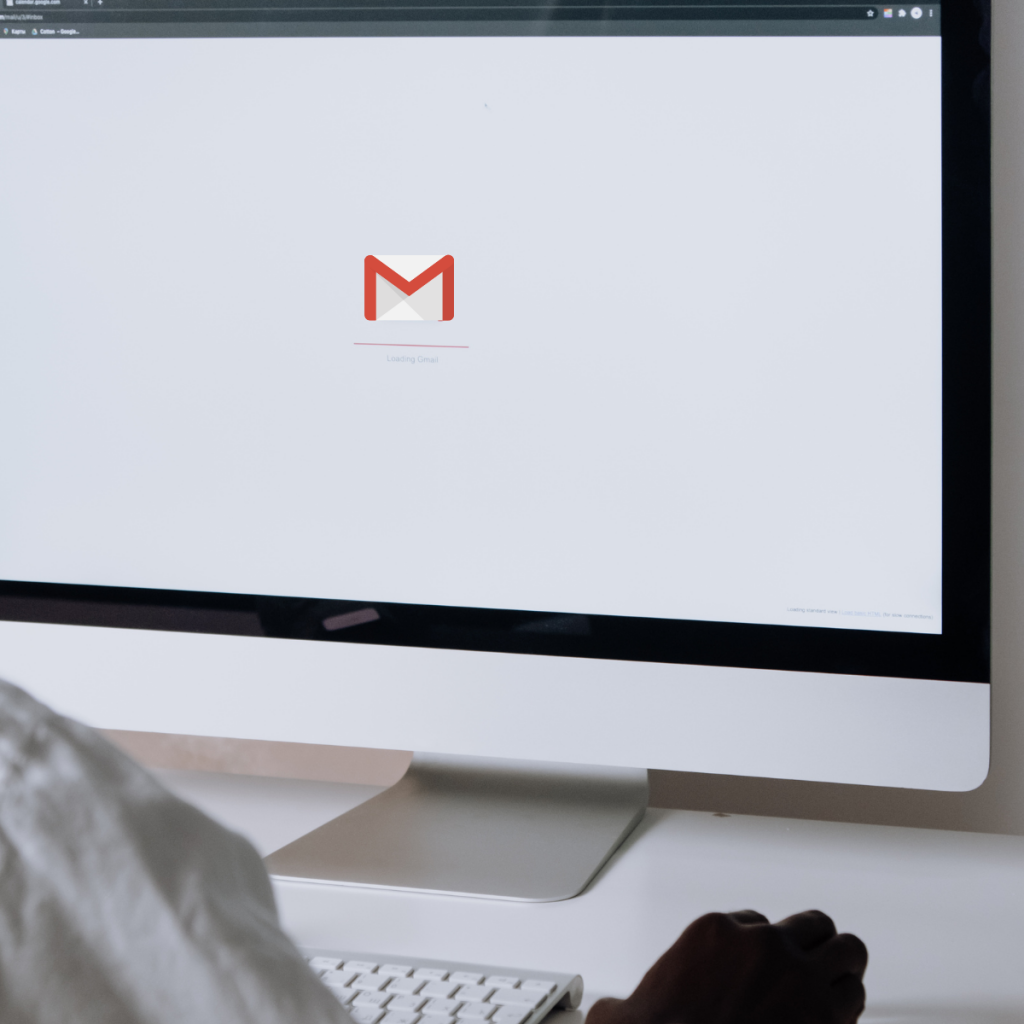
Data privacy is a critical issue today, and tech titans like Google are taking steps to address it through their Google Workspace (formerly G-Suite) applications. The search engine giant recently announced that its client-side encryption feature is now publicly available. This change will significantly improve the security of data stored by users in Google Drive, Google Photos, and Gmail.

“Your data, your control – keep it secure with Google’s client-side encryption feature!”
Client-side encryption encrypts data on the user’s device before uploading it to cloud storage servers. This encryption ensures that they cannot read the data even if someone gains access to the cloud storage servers. This feature adds an extra layer of security to users’ data. Client-side encryption is not a new concept for Google; it has been beta testing for several months. The feature, however, is now available to the general public. The quality is available on its cloud-based productivity and collaboration tools such as Google Drive, Google Photos, and Gmail, and users can enable it simply by going to the settings menu. Users will be required to provide a passphrase that will be used to encrypt and decrypt their data once enabled.
This feature is vital for users who keep sensitive data on their Google accounts, such as financial records, medical records, and other private information. Client-side encryption ensures that their data is safe and inaccessible to unauthorized parties. This will give users peace of mind and protect them from potential data breaches.
Limitations
It is important to note that client-side encryption has some limitations.
- Users cannot access their data if they don’t remember their password.
- Furthermore, Google can only assist users in retrieving their data if they remember their passwords. As a result, users must keep their passcode in a secure location and place it.
Therefore, Google’s client-side encryption feature is essential to improving data privacy and security for users. But, it should be noted that this feature is not intended to replace other security measures such as two-factor authentication, strong passwords, and regular software updates. Users must continue to use these safeguards to keep their accounts safe.
Conclusion
Finally, Google’s client-side encryption feature adds an extra layer of protection to users’ data stored on Google Drive, Google Photos, and Gmail. Users should use this feature by enabling it on their accounts and keeping their passwords safe. Client-side encryption ensures that users’ data is secure and inaccessible to unauthorized individuals.
As the world’s reliance on digital information grows, it is critical that we take the necessary precautions to protect our data from cybercriminals. The availability of client-side encryption on Google’s platforms is a positive step, and it is our responsibility as users to take advantage of it.